One DC to rule them all: DC Comics is re-branding all its publishing under the DC brand, and replacing its imprints with labels which reflect a system of age ratings.
The announcement confirms recent rumors that Vertigo, the much admired and industry changing mature-themed imprint, is being sunsetted. It’s a kinder word than cancelled or killed, but still one that brings a tear to the eye.
More surprisingly, however, DC Zoom (for middle grades) and DC Ink (a YA line)– two much heralded imprints for young readers– are also being phased out. The lines only launched this year and had already seen sales success.
Despite this, I’m told that DC is still going full speed ahead with more material for younger readers – with more titles to be announced at the ALA annual meeting, now taking place in Washington, DC.
In place of individual imprints, DC’s titles will have age rating labels that indicate who the material is suitable for, as follows:
- DC Kids will focus on readers ages 8-12 and offer content created specifically for the middle-grade reader
- DC, focusing on ages 13+, will primarily be the current DC universe of characters
- DC Black Label will focus on content appropriate for readers 17 and older
The changes will take effect starting in 2020, although we already saw books like Watchmen and The Killing Joke move to Black Label as part of that line’s launch. The move to phase out the imprints is intended to make the overall DC brand more inclusive of a wide variety of material.
“We’re returning to a singular presentation of the DC brand that was present throughout most of our history until 1993 when we launched Vertigo to provide an outlet for edgier material,” said DC Publisher Dan DiDio in a statement. “That kind of material is now mainstream across all genres, so we thought it was the right time to bring greater clarity to the DC brand and reinforce our commitment to storytelling for all of our fans in every age group. This new system will replace the age ratings we currently use on our material.”
(I know this is marketing speak, as surely DiDio is aware of the history of Piranha Press, Paradox, and many other imprints that DC tried over the years. I’m not saying they succeeded the way Vertigo did, though.)
Vertigo’s sunset and the general streamlining of DC’s publishing plans do not mean an end to creator-owned material at DC, though, according to Publisher and Chief Creative Officer Jim Lee.
“What we’ve done here is apply an ages and stages organizing philosophy that will strengthen what we’re already doing well, whether that is our move into the young adult and middle grade audience or our long track record of success with creator-driven pop-up lines,” said Lee. “We will also continue to publish creator-owned projects, and will evaluate and assign to the appropriate label to help our fans find the best books for their interests. These new labels not only bring greater consistency and focus to our characters, but they also open up a wealth of new opportunities for the talent working on our books.”
The “ages and stages” concept is something I’ve talked about for a long time here at the Beat. It’s essentially the idea that a reader moves through different versions of a character as that readers grows and matures. This stands in contrast to editorial philosophy where Batman and Spider-Man develop right along with the same readers, ad infinitum. The latter way leads to angry fanpersons endlessly complaining in message boards that it is not “their” Duo Damsel. While audience retention is important, capturing new readers is just as important, and perhaps this new idea will help with that.
While sunsetting the Vertigo label is truly a sad day, Lee’s statement seems to reflect a belief within DC that branding new, creator owned material as part of the DC line may give it a stronger platform to launch.
Not directly addressed in the press release (which you can read in its entirety below): what is to become of Vertigo’s vast, heralded and still bestselling backlist, which includes such classic bestsellers as the Sandman, Fables, and Y: the Last Man? What I’m hearing is that exact reprints of existing material (and their digital editions) will keep the Vertigo logo, just as the New 52 reprints still have that branding. That said, going forward, this could mean that entries from the new Sandman Universe line of ongoing titles that were launched last year could be branded as Black Label books in the future, which would be weird.
It also remains to be seen where DC’s current collection of pop-up imprints, which include Wildstorm, Wonder Comics, and the soon-to-return Young Animal, will end up within DC’s new publishing structure.
All in all, it’s ironic that Black Label – whose decision to kick off with dong shots of Batman jeopardized the entire line – is the one label standing when the smoke cleared.
There’s still much we don’t know about this move, but the Beat will have all the developments as they unfold, including any news coming out of ALA.
And for your collection, the PR:
BURBANK, Calif. – JUNE 21, 2019 – DC announced today that beginning in 2020, all of its publishing content will be organized and marketed under the DC brand, creating three age-specific labels – DC Kids, DC and DC Black Label – that would absorb all of its existing imprints and focus DC’s publishing content around characters and stories that evolve and mature along with the awareness and sensibilities of DC’s readers. As a result of this new labeling strategy, DC will sunset the Vertigo pubishing imprint at the end of the year.
The new segmentation, featuring the new age rating system, will launch in January 2020. Books currently being published under the recently launched DC Zoom and DC Ink imprints, which are focused on the middle grade and young adult segments, respectively, will be assigned to the DC Kids and DC labels depending on the content and intended audiences.
“We’re returning to a singular presentation of the DC brand that was present throughout most of our history until 1993 when we launched Vertigo to provide an outlet for edgier material,” said DC Publisher Dan DiDio. “That kind of material is now mainstream across all genres, so we thought it was the right time to bring greater clarity to the DC brand and reinforce our commitment to storytelling for all of our fans in every age group. This new system will replace the age ratings we currently use on our material.”
The three labels will be structured as follows:
- DC Kids will focus on readers ages 8-12 and offer content created specifically for the middle-grade reader
- DC, focusing on ages 13+, will primarily be the current DC universe of characters
- DC Black Label will focus on content appropriate for readers 17 and older
“What we’ve done here is apply an ages and stages organizing philosophy that will strengthen what we’re already doing well, whether that is our move into the young adult and middle grade audience or our long track record of success with creator-driven pop-up lines,” said DC Publisher and Chief Creative Officer Jim Lee. “We will also continue to publish creator-owned projects, and will evaluate and assign to the appropriate label to help our fans find the best books for their interests. These new labels not only bring greater consistency and focus to our characters, but they also open up a wealth of new opportunities for the talent working on our books.”

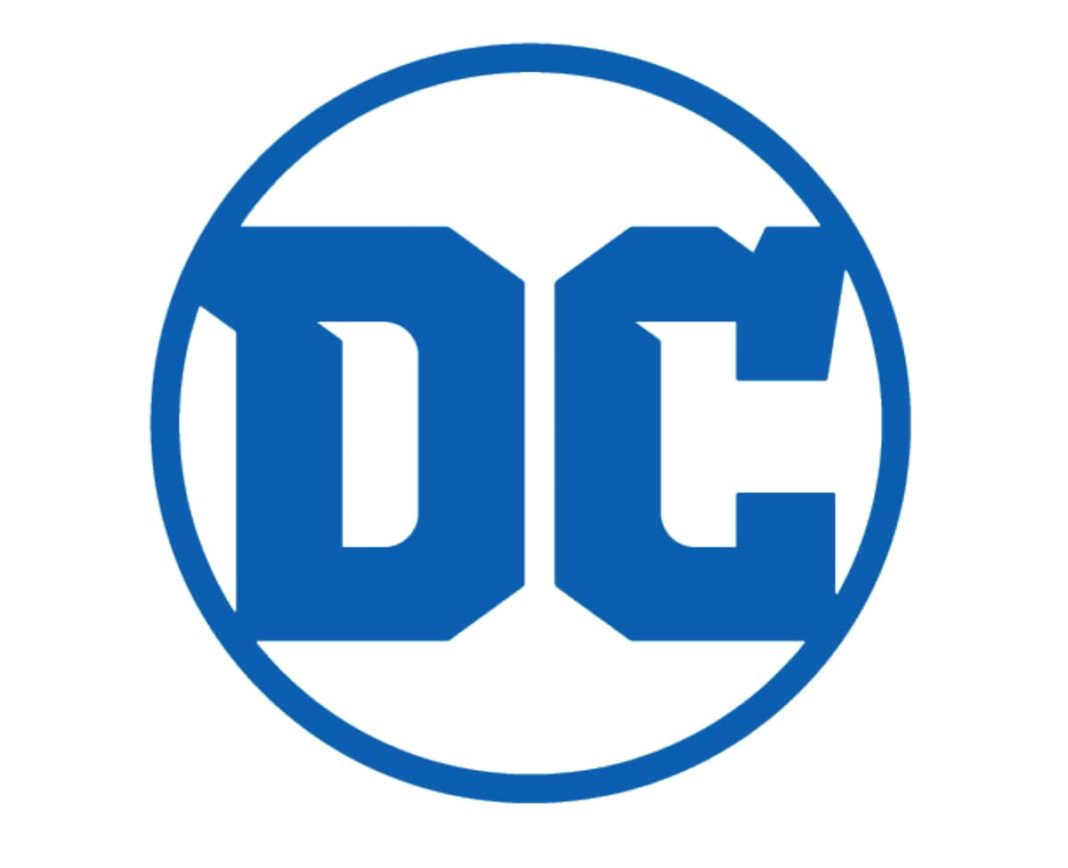
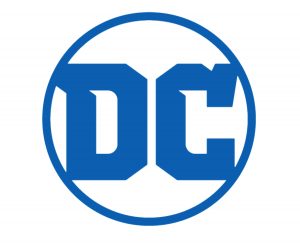
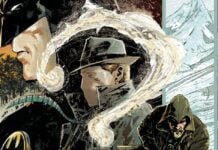
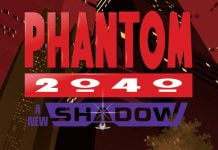

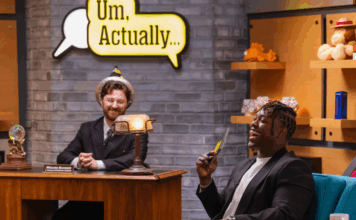




what a way to waste a great book expo response.
zoom and ink books are dead and AT&T is going to kill this company.
The Zoom and Ink imprints were great because kids don’t like reading stuff that says “kids” on it. This is an incredibly dumb rebranding and hopefully won’t set the company back.
Unlike with Marvel, there seems to be some thought behind this. It remains to be seen if they’ll deliver on their promises, or if this is all just management-speak (which is like Bendis-speak, only way worse!) For instance, I still don’t get why they do not maintain the Vertigo Label/Name. It’s a recognisable longstanding brand-name, with some goodwill attached. Not something to dispose of lightly. Just call it DC Vertigo. I seem to recall that it used to be called that way anyway when they started the imprint. What certain brands represent can change over time, without losing the brand-name.
It also seems as if AT&T is trying to get some control over the comics creation process. They always obsess about carefully curated consumer experiences, and maybe the ways comics are being produced and marketed till now just seems way to uncontrolled, haphazard, arbitrary or scattershot to them. Let’s hope they don’t squeeze out the creativity while getting a grip.
And Black Label has an alcohol connection, which makes me wonder if it’ll survive as a brand name.
Terribad idea. Speaking as a bookseller: the differentiation between lines sold more books, and adults who would never touch a “comic” were happy to buy into “Vertigo”.
I am strongly concerned about mixing repackaged material in with the current branding (and thus having “mixed spines” — many [most?] book purchasers want uniform design), and it makes almost literally zero sense to try and rack a “Y, The Last Man” or a “Preacher” in with Batman (“Damned”) and Superman (“Year One”) comics.
“Black Label” is also (already) a horribly marketed branding exercise that has no clear meaning or value…. and sounds like a brand of booze, anyway.
It means (intellectually), a massive reracking effort, and having to generate a fair amount of new signage, etc. — all of which won’t gain a single sale by itself alone.
On the other side of the age range, let me assure you that kids HATE reading things that SAY they are “for” kids — kids want to “read up”.
I’m not even opposed to “age bands”, per se, but I would have called them “DC Zoom” “DC” and “DC Vertigo” to still reach the stated goal, and yet preserve both history and multiple decades of racking systems.
Darby, that’s a really great point about Zoom and Ink. Additionally, those labels would seemingly be less likely to turn off adult readers who might be interested in following a favorite creator to the younger-skewing material.
I can understand pulling the plug on future Vertigo comics, but folding the Vertigo back catalogue into the Black Label doesn’t make any sense.
It shows a complete lack of understanding of the Vertigo readership. There’s an audience out there who are interested in mature comics but don’t want to read superhero comics. Mixing the two together is just going to create confusion and will hurt the sales of the Vertigo back catalogue.
Everything Brian said ^^^ (literally all of it).
Plus, why get rid of the YA imprint? Lauren Myracle’s Catwoman is going to be published right next to regular Catwoman? Or are all the DC Ink titles just canceled now as they say they’re trying to move into the YA space? What a mess. And the imprints were all branded “DC Blank” so it’s not like they needed to herd these rascally wild imprints back into the corral.
I wish comics publishers would talk to people who know about book publishing before making these kinds of decisions. You have to set your goals and then see if the strategy accomplishes them.
With content appropriate for over 17’s, will DC Black Label be the future home for Identity Crisis (which featured a rape scene inappropriate for 13 year olds) and Infinite Crisis (which featured numerous scenes of dismemberment)?
I always get the impression that DC does not understand how the public perceives their brands or their products. I mean, they proudly proclaimed that Superman would no longer have his underwear on the outside, something that only stand-up comedians and 10-year-olds comment on to seem cooler-than-thou. I bring this up because this seems to be yet one more “throw something at the wall and see if it sticks” branding gimmick that was created devoid of real market considerations. One of the above comments says this seems to have some thought behind it (and also throws in some Marvel bashing, for some reason) where, clearly, it’s some idea that will do nothing to but ruin all the ancillary DC imprints because there’s not enough thought behind it.
If they wanted to get rid of the almost-constantly-flailing Vertigo imprint, I can understand that. There are better ways than this.
Vertigo’s demise had been expected since Karen Berger’s departure, but this is still sad news.
To be honest, I stopped reading Vertigo a long time ago. When you’re over 30, there’s only so much “dark fantasy” and hipster attitude and clothing (courtesy of those hipster U.K. writers) you can consume before it seems like posturing. But I’m post-college, and I’ve never been a Goth, so I’m not the target audience.
AT&T money men have spoken time to cut higher paid staff leading ‘imprints’.
I also wonder if media adaptations will keep the Vertigo label? I recently saw a preview for “The Kitchen” which used it.
Regardless, very sad day. Would have preferred to see Black Label go by the wayside.
Warner, under its bottom-line-oriented AT&T owners, is definitely cracking down. Just as they scrapped the wonderful cinephile streaming service, FilmStruck, for being “niche,” they’re now doing the same to comics.
All that will get attention will be corporate-owned IP that can be endlessly recycled. And a lot of fans won’t mind at all, long as they get their superhero fix.
Isn’t all comics a ‘niche’ market in the grander sense? It does seem bizarre that you have an established imprint but you kill it and merge it into a brand new line of books who’s only claim to fame right now is Bat-Penis. That’s soo DC. Where nothing makes any goddamn sense anymore.
“Isn’t all comics a ‘niche’ market in the grander sense?”
I’m sure that Warner/AT&T is looking at the DC heroes as IP that can be used across a wide variety of platforms — movies, TV, streaming, video games, merchandise, and, oh yeah, comic books. For a bit longer. Maybe.
As “Pipeline Comics” tweeted, comics on paper have survived mainly through the benign neglect of their parent companies. Warner woke up last year. At some point Ike Perlmutter will be gone from Marvel, and a Disney brand manager will be in charge of the comics. Don’t expect the status quo to survive.
“some point Ike Perlmutter will be gone from Marvel, and a Disney brand manager will be in charge of the comics. Don’t expect the status quo to survive.”
Good!!
They will make comics popular again—with women, minorities, the disabled, and the lgbt community.
I know that they seem like capitalistic scumbags but they’re really on OUR side when it comes to helping fix comics.
Lenny, I also won’t miss the current Marvel/DC status quo. Hopefully they’ll stop trying to recycle the ’90s (when a lot of the current “creators” were teenage fans) and will produce comics that will appeal to young people today.
Aside from a the New 52, I don’t recall any instances of creators trying to re-create the 1990s because there are no teenage boys reading comics anymore.
“produce comics that will appeal to young people today.”
Today’s young people are predominately colored and female. They answer is clearly more stuff in the vein of Steven Universe, Ms. Marvel, Lumberjanes, and Princeless.
It’s important that these comics present positive role models for these young women to emulate or otherwise parents will refrain from purchasing them for their children.
Comments are closed.